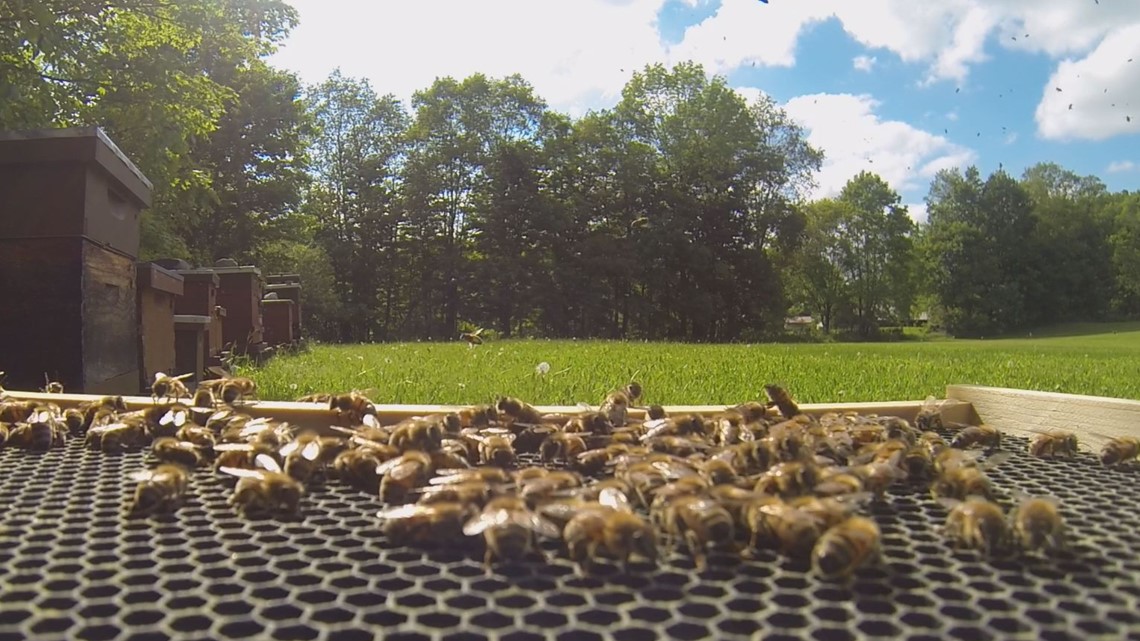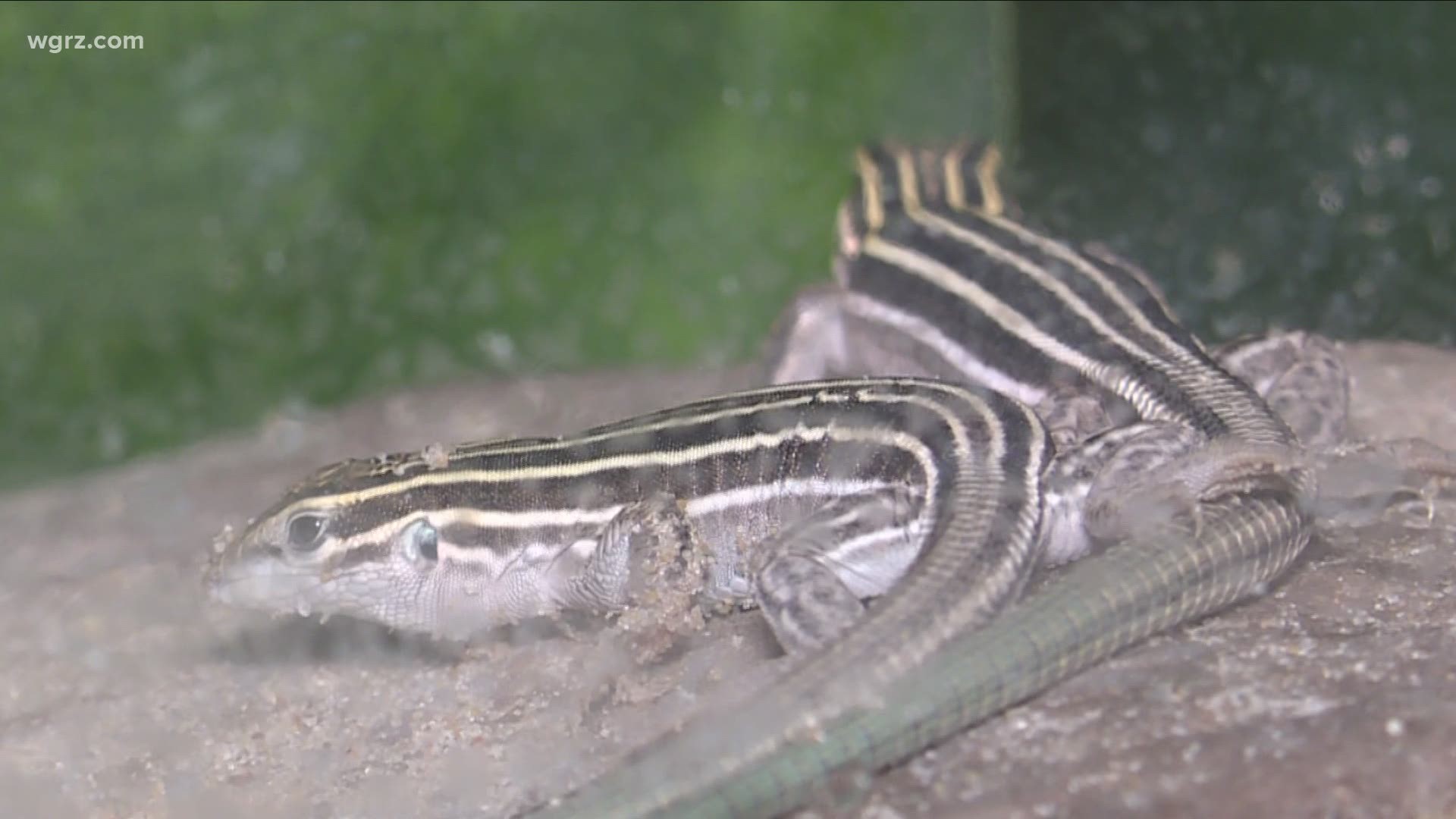BUFFALO, N.Y. — Of all the fascinating processes in nature, reproduction may be it's crowning achievement, and parthenogenesis is perhaps the most unusual and unique form. Translated from its Latin roots, it literally means "virgin creation," and it's just that — reproduction without fertilization.
"Parthenogenesis is when reproduction occurs without a mate. So there's no fertilization of the egg from the sperm, but the egg is still fertile, and the viable egg still develops into an embryo that develops into an offspring. This is a natural form of asexual reproduction," said Penny Felski, team leader of the Buffalo Zoo's Reptile and Amphibian Center.


Parthenogenesis occurs in animals, insects and some plants.
"It's known to occur in some species of lizards, snakes, insects, some honeybees, there's a breed of a domestic turkey, it's been seen in a shark," Felski said. "It may be more widespread than we know, but it's not too common of a occurrence."
The positive to this is that a species can continue in the absence of males. But Felski says there's a genetic negative as well.
"In the sense of evolution and adaptability it can be negative because there's no gene diversity if all you're doing is copying, or having only one copy of the females chromosomes," Felski said.


With some species like the whiptail lizard, only females are produced. In the Komodo dragon, which can reproduce both sexually and asexually, the opposite is true.
"When the Komodo dragon reproduces through parthenogenesis, only males are produced," Felski said.
It's just another example of the planet's infinite capacity to amaze.
"Mother Nature isn't always kind," Felski said." So if a species can figure out a way around being isolated, for instance, and still being able to reproduce, is an incredible example of adaptation."

